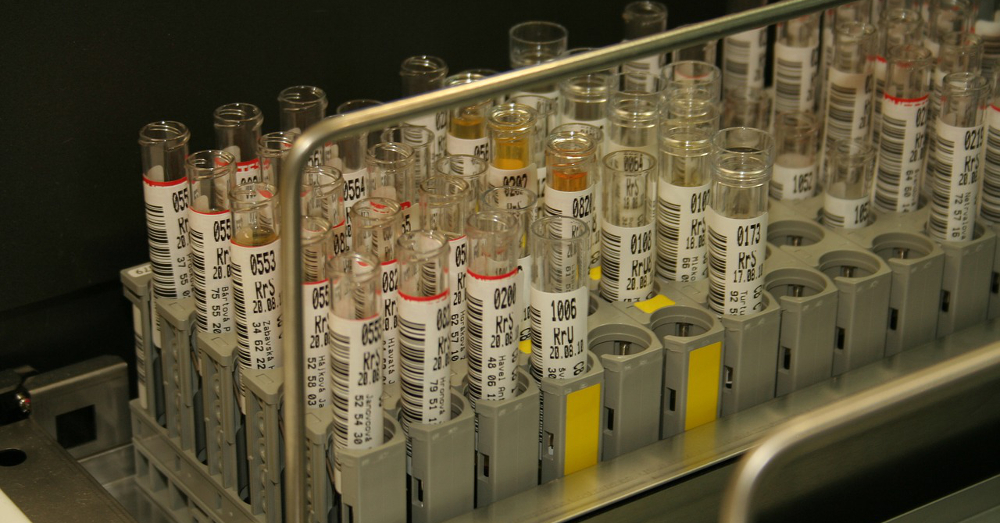
Seek and Ye Shall Find: Canadians Report Weed Killer Detected in 30 Percent of Food Tested
The Canadian Food Inspection Agency has gone where the U.S. government dares not tread – testing thousands of foods commonly consumed by its citizens for residues of a controversial herbicide linked to cancer. And the findings are less than appetizing.
April 12, 2017 | Source: The Huffington Post | by Carey Gillam
The Canadian Food Inspection Agency has gone where the U.S. government dares not tread – testing thousands of foods commonly consumed by its citizens for residues of a controversial herbicide linked to cancer. And the findings are less than appetizing.
The agency said it found the pesticide known as glyphosate, the key ingredient in Monsanto Co.’s Roundup branded herbicides and other products, in 29.7 percent of 3,188 foods tested in 2015 and 2016. Glyphosate was found in 47.4 percent of beans, peas and lentil products; 36.6 percent of grain products; and 31 percent of baby cereals, the agency report states.
Only 1.3 percent of the total samples were found with glyphosate residue levels above what Canadian regulators allow, though 3.9 percent of grain products contained more of the weed killer than is permissible. These legally allowable levels are referred to as Maximum Residue Limits (MRLs), and they vary from food to food and pesticide to pesticide, as well as from country to country. Regulators and agrichemical industry interests say as long as residue levels are lower than the established MRLs, consuming the pesticide residues is not harmful to humans. But a growing number of scientists and medical professionals say such claims are false, particularly with pesticides like glyphosate, which is the most widely used agrichemical on the planet, commonly used in the production of dozens of food crops. Glyphosate is sprayed directly onto crops like corn, soybeans, sugar beets and canola, all of which are genetically engineered to tolerate the pesticide. Monsanto has also encouraged farmers to spray the chemical directly on oats, wheat, peas and lentils shortly before harvest to help dry them out.
“It’s all guesswork, and not based on a lot,” Dr. Bruce Blumberg, Professor of Developmental and Cell Biology in the University of California, Irvine’s School of Biological Sciences said of the MRLs. “Nobody is actually measuring levels of this pesticide in humans. They don’t do that but they should.”
